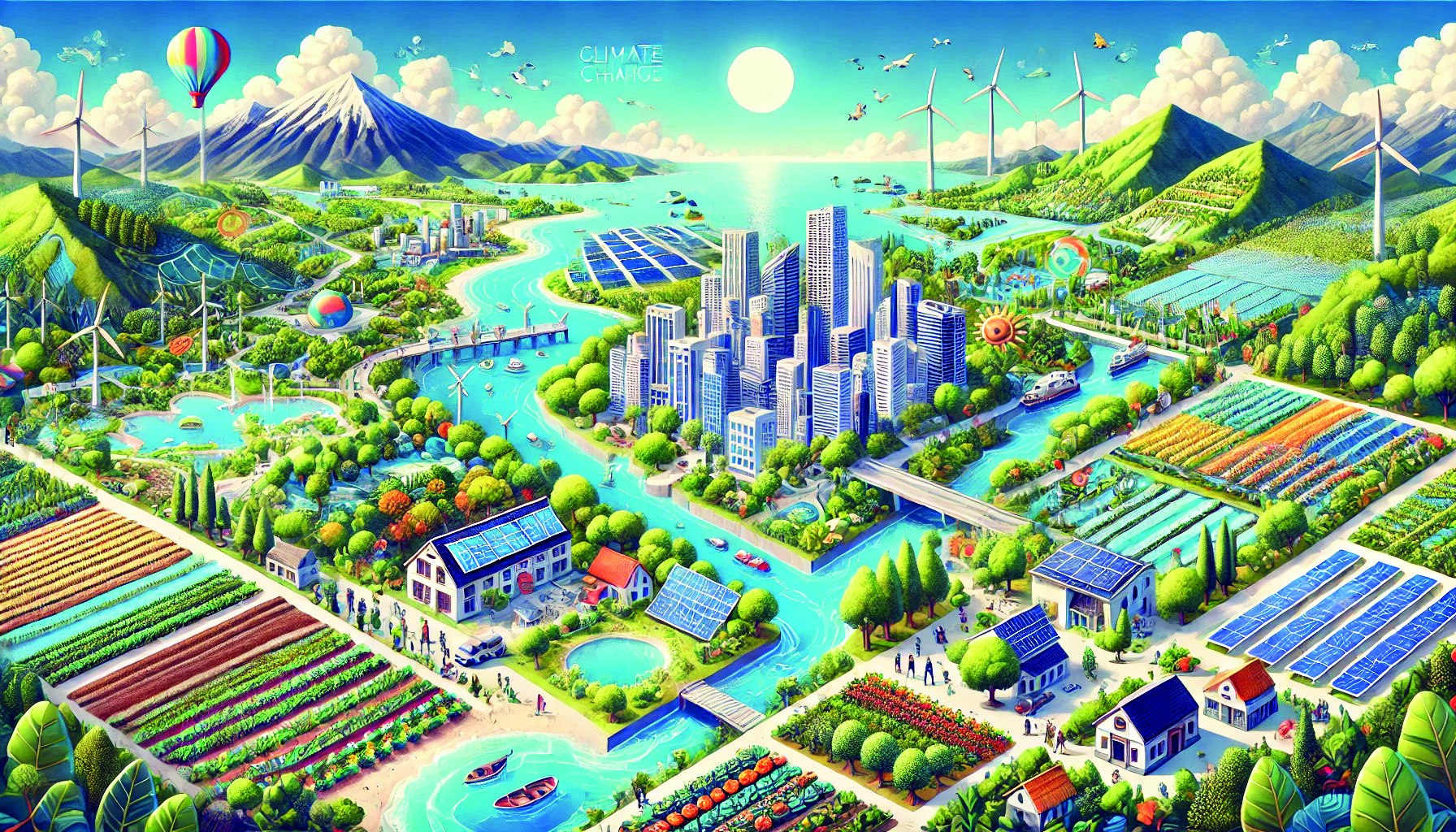Guarding the vulnerable
Over time, particularly in the 21st century, COPs have broadened their focus from mitigation to include adaptation strategies—such as water management, resilient agriculture, urban planning, etc.—to protect vulnerable regions and humans worldwide

As noted in the first part of this two-part article, most discussions in all COPs focused on Mitigation. It was only in the sixth COP at The Hague and Bonn in 2000 that Adaptation issues were discussed in some detail and an Adaptation Fund was agreed on. After that the seventh COP at Marrakesh in 2001 saw Adaptation issues being included in the Marrakesh Accords. The Third Assessment Report of IPCC published in 2001 also gave a great deal of importance to Adaptation issues. The tenth COP at Buenos Aires also gave fair importance to Adaptation and included it in the Buenos Aires Programme on Adaptation (BAPA). The thirteenth COP at Bali saw Adaptation get equal importance to mitigation and the fourteenth COP at Poland saw the launch of the Adaptation Fund, which was agreed at the sixth COP. Most COPs after that have given Adaptation measures as much importance as Mitigation issues.
The UNEP also began publishing the Adaptation Gap Report since 2014, which focuses on ways to adapt to various climate change challenges.
While the Mitigation challenges are easy to explain and grasp, they take years to implement. In the intervening period, when emissions continue and global temperatures continue to rise, climate change will present itself in increasingly challenging forms. Monsoon patterns will alter, leading to skewed distribution of rainfall or large volumes of rain in reduced times leading to flooding, increased frequency and intensity of hurricanes, and longer and hotter summers. It will also lead to the melting of polar ice caps, leading to a rise of ocean levels and warming of oceans. In fact, such challenges have already appeared: witness the massive floods in many States in India this year or the three Category-4 hurricanes in the US in 2017 (Irma in Florida, Harvey in Texas and Maria in Puerto Rico), the abnormal heat waves across Europe in 2023 and the Spring heat waves in Europe in 2024. In fact, 2023 was the warmest year on record, with average temperatures hitting 1.45 degrees centigrade above the pre-industrial levels. Some of these climate events such as three category-4 hurricanes together in 2017 in the US, are rarest of rare events. These challenges affect infrastructure, agriculture, coastal eco-systems, housing and throw massive supply chains out of gear. Not only do they inflict huge monetary costs, they also cost human lives. Obviously, these need to be adapted to.
Some of the Adaptation measures that have been taken and are being planned are at broadly two levels: adaptation of human systems and natural/physical systems. While the natural and physical systems have lesser scope to adapt, human systems can adapt to a larger extent. Indeed, it is a necessity that they adapt to minimise the adverse impact of extreme and variable weather events associated with climate change. The areas where adaptation measures are already being taken and would need to improve are:
- Integrated water resource management: Both excess water as a result of extreme rainfall and deficient water in case of droughts is being addressed. Better flood defense structures such as dykes and weirs, water storage systems, dredging of rivers, rainwater harvesting. Better disaster management forces and tools are also being resorted to.
- Agriculture and food security: Drought resistant crop varieties, improving soil and land productivity, cooler livestock shelters are some of the responses to the stress that Agriculture and Allied Sector would come under.
- Health systems: Higher temperature, increased air pollution, increased water-borne diseases in the aftermath of floods, increased vector borne diseases such as Malaria and Dengue are some of the challenges that would need adaptation. Responses such as cooled public places, wide distribution of mosquito nets, better storm water drainage and moving away from fossil fuels for both energy and transportation are some of the responses already being undertaken and would need to increase.
- Human settlements: With more and more people moving to urban areas all over the world, the city dwellers are facing the brunt of extreme weather conditions. Even those in the rural areas, coastal areas and hilly areas are suffering. These problems manifest themselves in flooded streets and flooded homes in rural and urban areas, landslides in hilly areas, mixing of storm and sewerage drains in cities etc. The responses that need to be stepped up are better drainage with separation of storm and sewer drains, better protection of hills with retention walls etc.
Conclusion
The above is a short summary and the Mitigation and Adaptation measures would, of course differ across cities, countries and continents. This is because each location would have unique challenges. Not only that, vulnerabilities and the capacity to adapt would also differ from place to place. The poorer countries of Asia and Africa would require far more resources as compared to richer countries, which have far more adaptive capacity as it is. This would require massive financial resources and developed countries have to step up to contribute. This is precisely what has been discussed ad nauseam in all the Conference of Parties. Unfortunately, the resources promised are yet to be committed.
The writer is Additional Chief Secretary, Department of Mass Education Extension and Library Services and Department of Cooperation, Government of West Bengal



